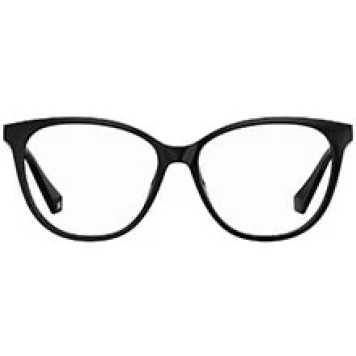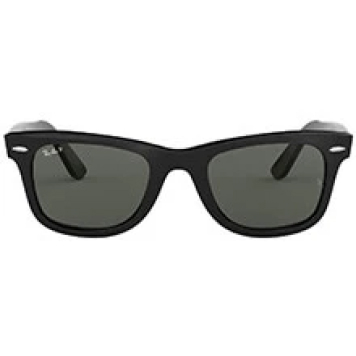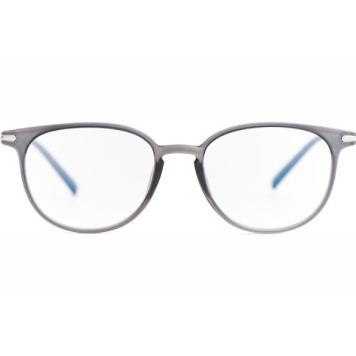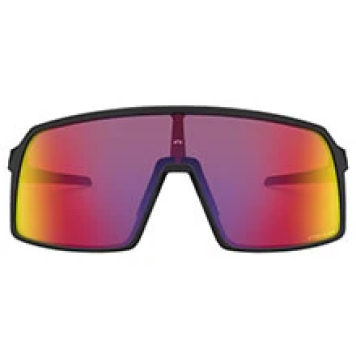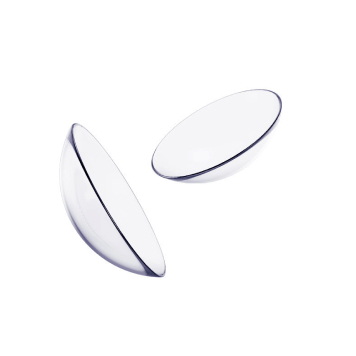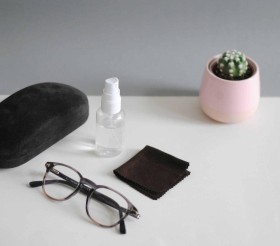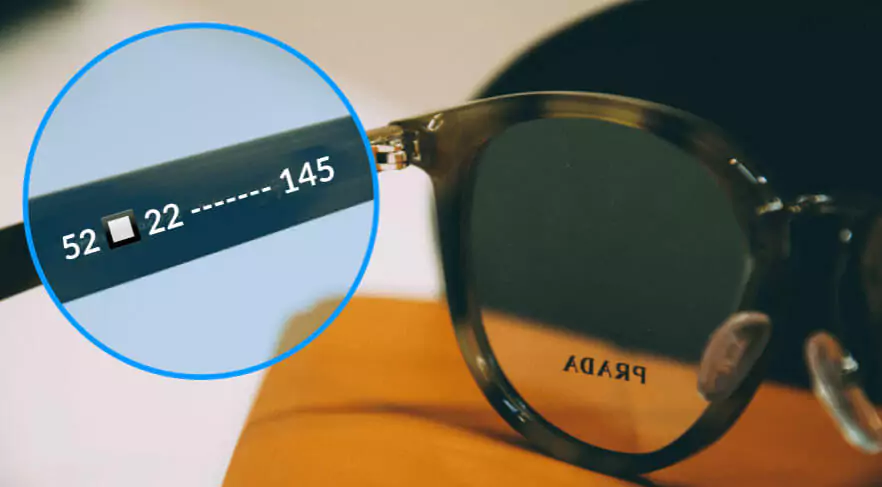Anyone who wears glasses usually does not look forward to the arrival of cold and wet weather. There is one reason in particular - always foggy glasses! This annoying phenomenon always occurs when moving from a cold environment to a warm one, when drinking hot drinks, opening the dishwasher or doing sports. What to do with that?

Why and when do glasses fog up?
The fogging is caused by simple physics. During the transition from cold to warm, the fog on the lenses of the glasses is formed by the liquefaction of moisture accumulated in the air. When wearing masks or other respiratory aids, fogging is caused by the humidity of our breath.

Fogging of prescription glasses - how to prevent it?
Anti-fog spray or gel
Anti-fog spray or gel is probably the simplest and at the same time very gentle solution for glasses. You simply spray it on or apply it to the glasses and then remove it with a soft cotton cloth. Simple but effective! You can also buy such a practical anti-fog spray directly on eyerim in the shopping cart.
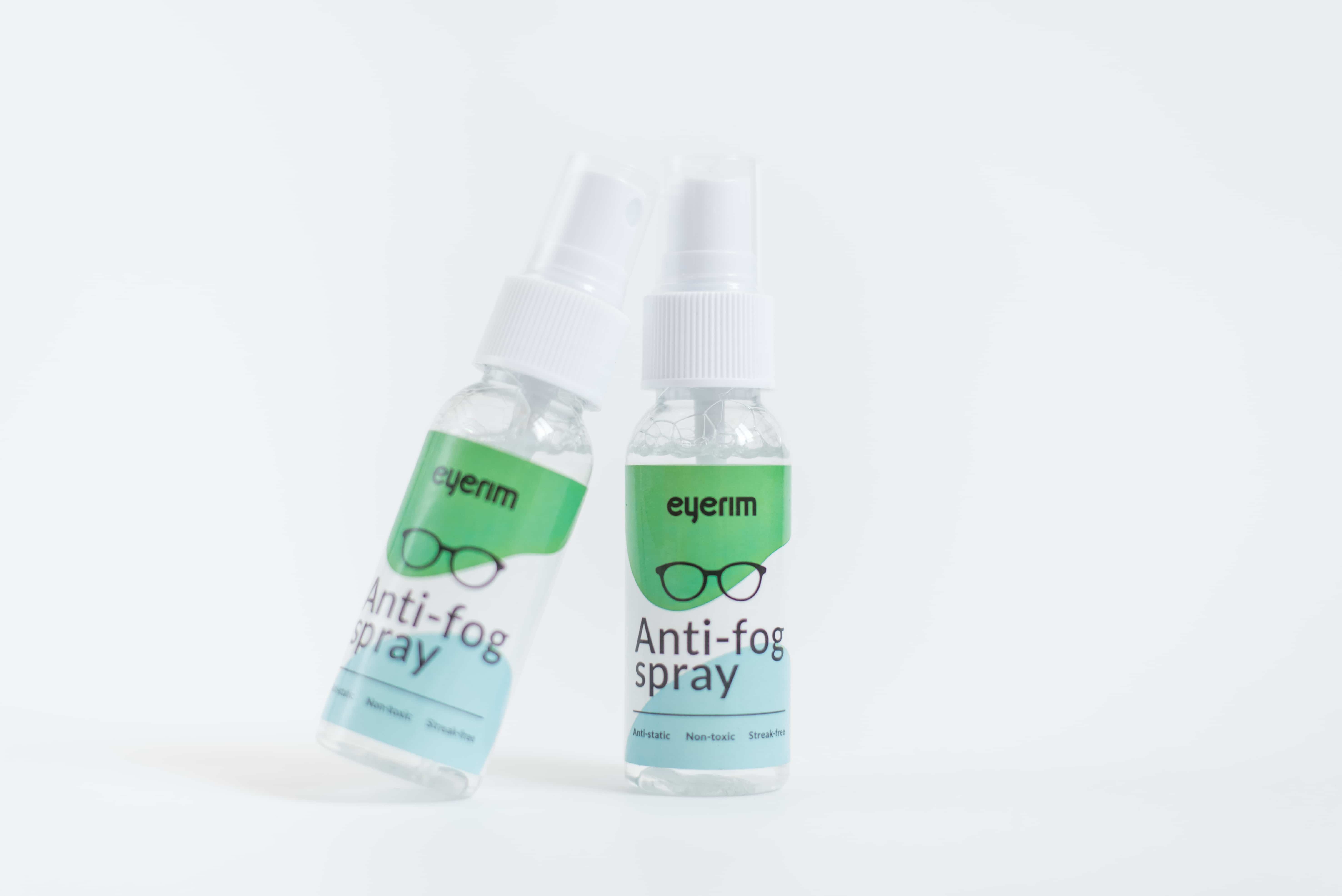
Properly fitted mask
Doctors are aware of this problem, but during the pandemic, a large number of people also became familiar with suffering from fogging of glasses due to wearing a mask or respirator. The key is to wear a well-fitting face shield so that less air gets to the glasses. Press the mask as close to your eyes as possible and place your glasses lower on your nose.
Shaving foam or other home tricks
There are several "grandmother's advice" that you can use to prevent your glasses from fogging up. The most common trick is to rinse the glasses in lukewarm water with regular dishwashing detergent or soap and then dry them with a microfiber cloth. After drying, detergent or soap leaves a thin protective layer that repels liquefied water molecules.

Another tip is to use shaving foam. Before going out, apply shaving foam to both sides of the glasses, rinse thoroughly with warm water and finally clean the glasses with a soft microfiber cloth.
Ski goggles fogging - how to prevent it?
Today, most high-quality ski goggles have a special layer that prevents fogging, but sometimes we can't avoid it anyway. For example, if you put your ski goggles on your heated forehead or on your neck during a break on the slope - there will be a clash of different temperatures and subsequent fogging. If you want to put your ski goggles away for a while, put them on a helmet that is cold.
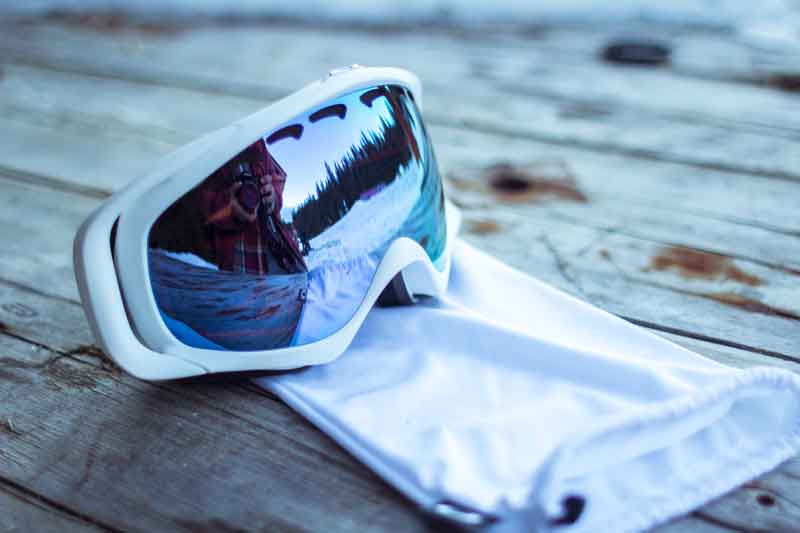
If your goggles keep fogging up, try to check if your vents aren't accidentally blocked by dust or snow.
Many people use to wipe their glasses from snow or other dirt after skiing, but the problem is that they do it with completely unsuitable materials - paper tissues, gloves or toilet paper, which can damage the protective layers of the lenses. Use only a special microfiber cleaning cloth. You should also never grab and wipe the lenses of the ski goggles from the inside, as there is a layer that prevents the goggles from fogging. If you need to remove water from the inside of the glasses, try shaking them first and then very gently wipe the lenses with a microfiber cloth.
By the way - do you know how to clean your glasses properly?
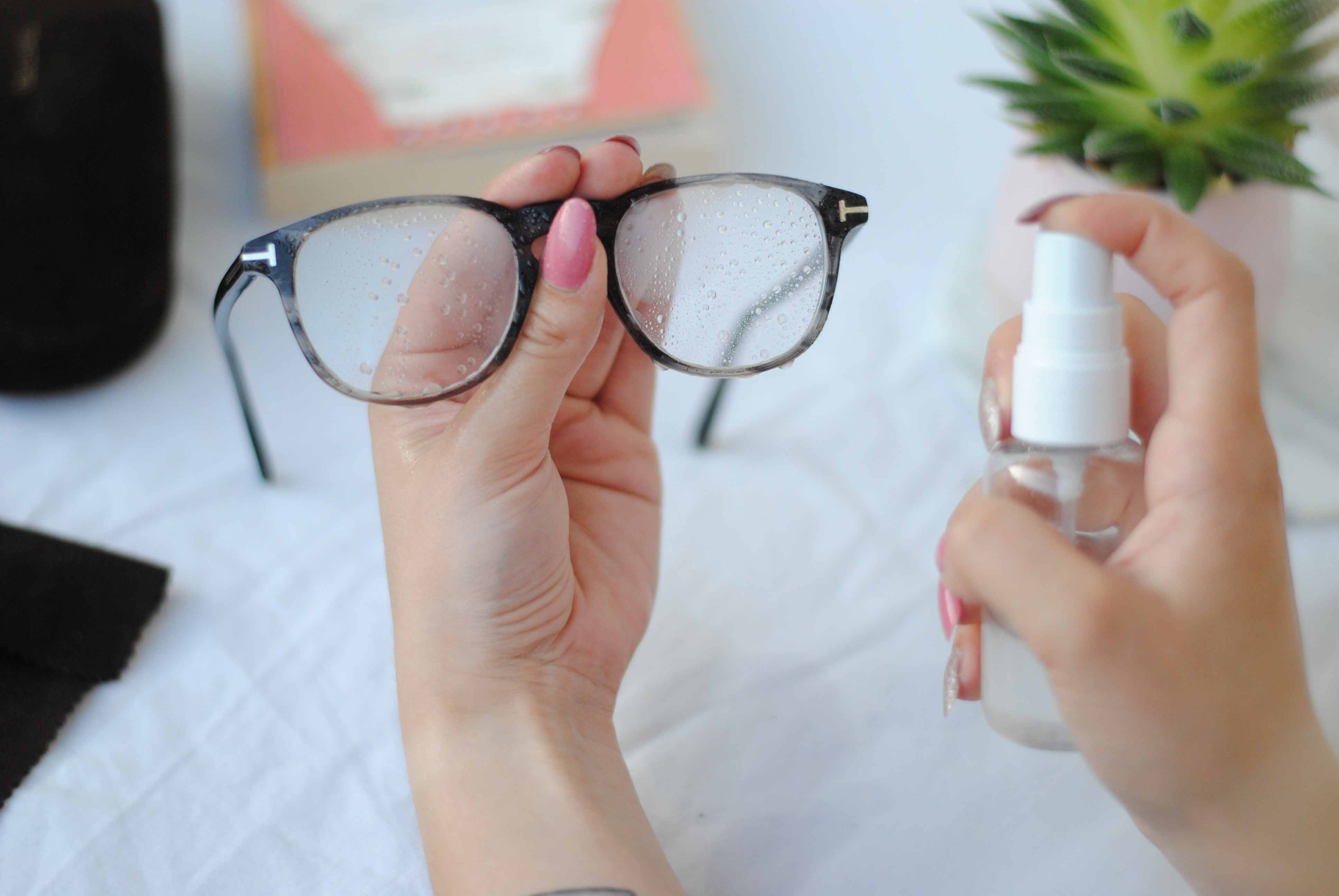
We strongly believe that these tips will help you and you will enjoy the cold weather without any inconveniences!

